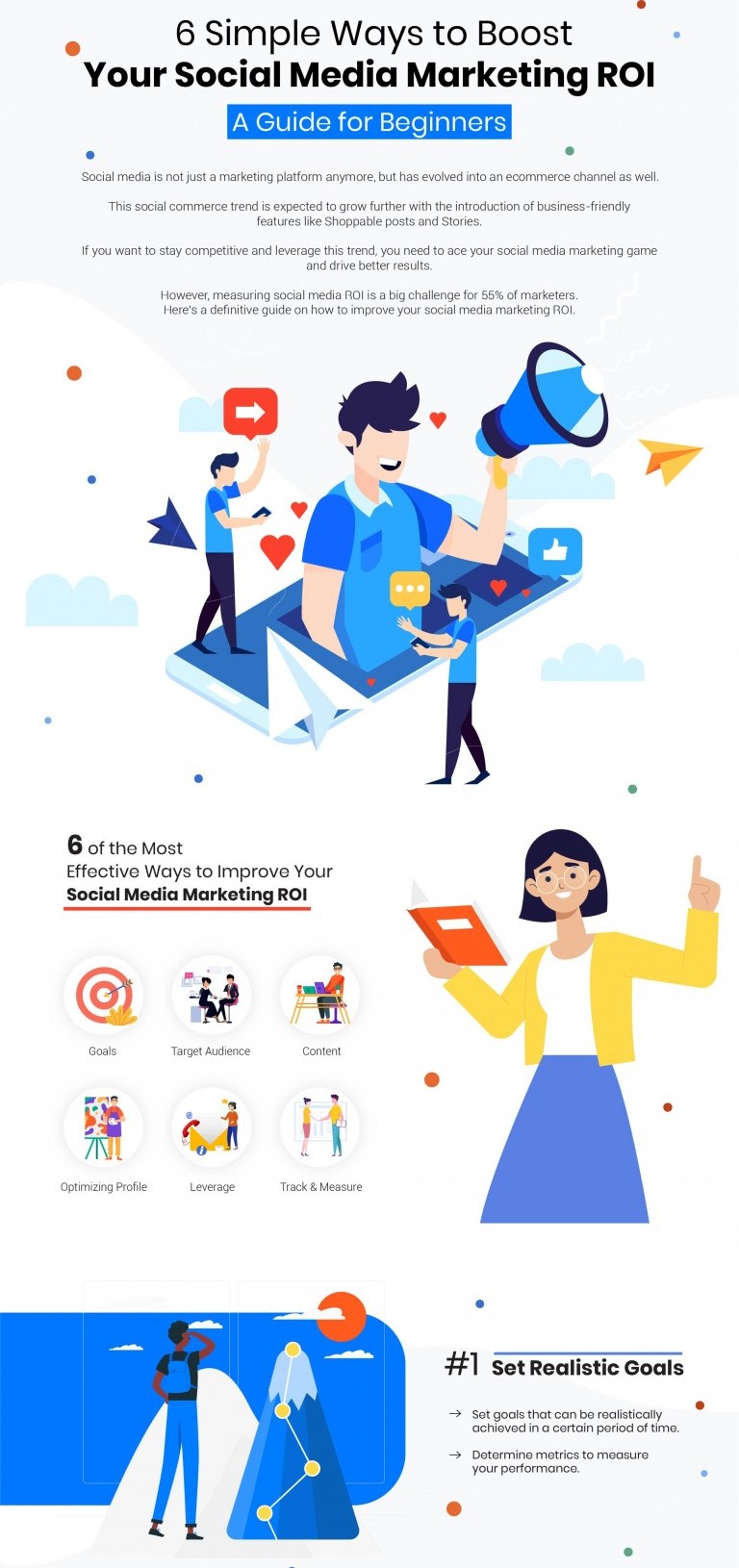Tracking the return on investment (ROI) of your social media activities can be tricky. However, knowing it can tell you whether or not your social media strategy has impacted your overall business goals.
What’s more?
It can justify your social media budget while also helping you refine your strategy for the future.
But what should you do if your social media marketing strategies are not delivering as expected?
How can you boost your numbers?
Find out below:
1. Track and Measure
To effectively measure your return on investment, start by defining which social metrics matter to your business.
Essentially, these will differ depending on the social media strategy you have and the kind of business you run. They will also depend on your audience and how they engage with your content.
However, the metrics you choose should help you achieve your social media marketing goal.
But what’s the best way to track performance?
For this, you will need Google Analytics and UTM tracking codes.
Create a unique URL for each link or ad, then track it in the Acquisition section of Google Analytics.
You can also leverage social media analytic tools to track your social media performance.
Then, using the insights you can:
- Identify strategies that perform better.
- Identify which content types your audience engages with the most.
- Better understand the needs of your audience.
These insights can also help you change or optimize your tactics for better results. You can use them to improve your social media campaigns, drive qualified leads, build customer loyalty, and increase sales.
2. Collaborate with Influencers
Effective influencer collaborations can lead to brand loyalty, increased reach, and more sales.
But how can you find relevant influencers?
There are several ways to find them:
First, scour relevant hashtags on social media and identify key influencers you can partner with to promote your brand.
Second, use influencer finding software solutions to execute and manage influencer campaigns.
Third, leverage influencer agencies to find influencers, plan campaigns, manage, and monitor influencer performance.
But what should you look for in an influencer?
They should be in the same niche (or a related niche) as your brand, have similar audiences, have content that aligns with your brand’s content, and have high engagement rates.
3. Use User-Generated Content
Did you know that 79% of consumers say user-generated content influences their buying decisions?
What does this statistic mean for you as a business?
You need to leverage user-generated content in your social media efforts.
Not sure how well this will work for your business?
Do an A/B test.
Run a user-generated image alongside your standard marketing campaign and see which one drives more engagement or conversions.
Furthermore, a huge part of increasing social media ROI involves figuring out what works for your brand and what doesn’t.
Need more tactics like this?
Check out this Infographic first published on ShaneBarker.com.
(Click on the image for full view)


